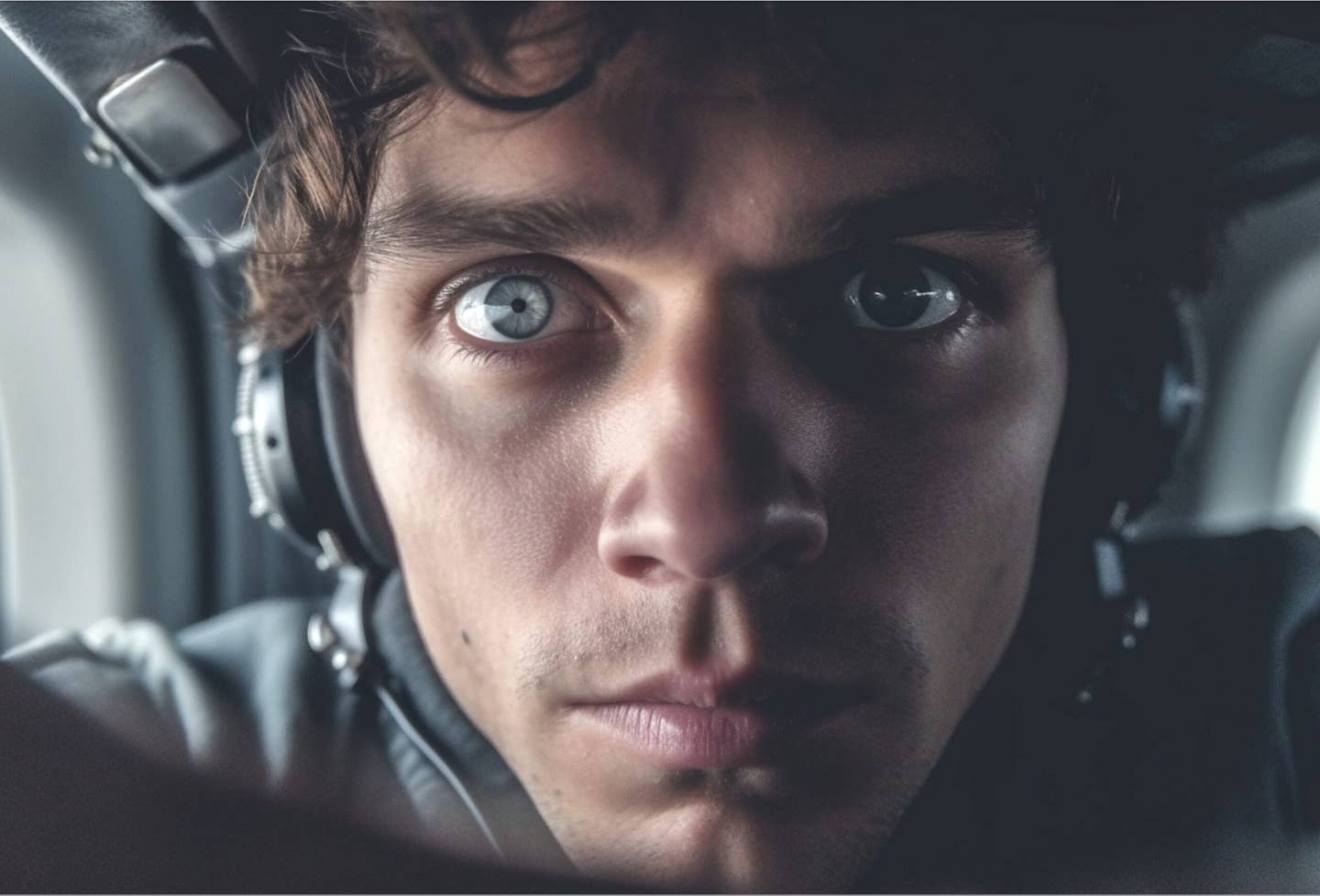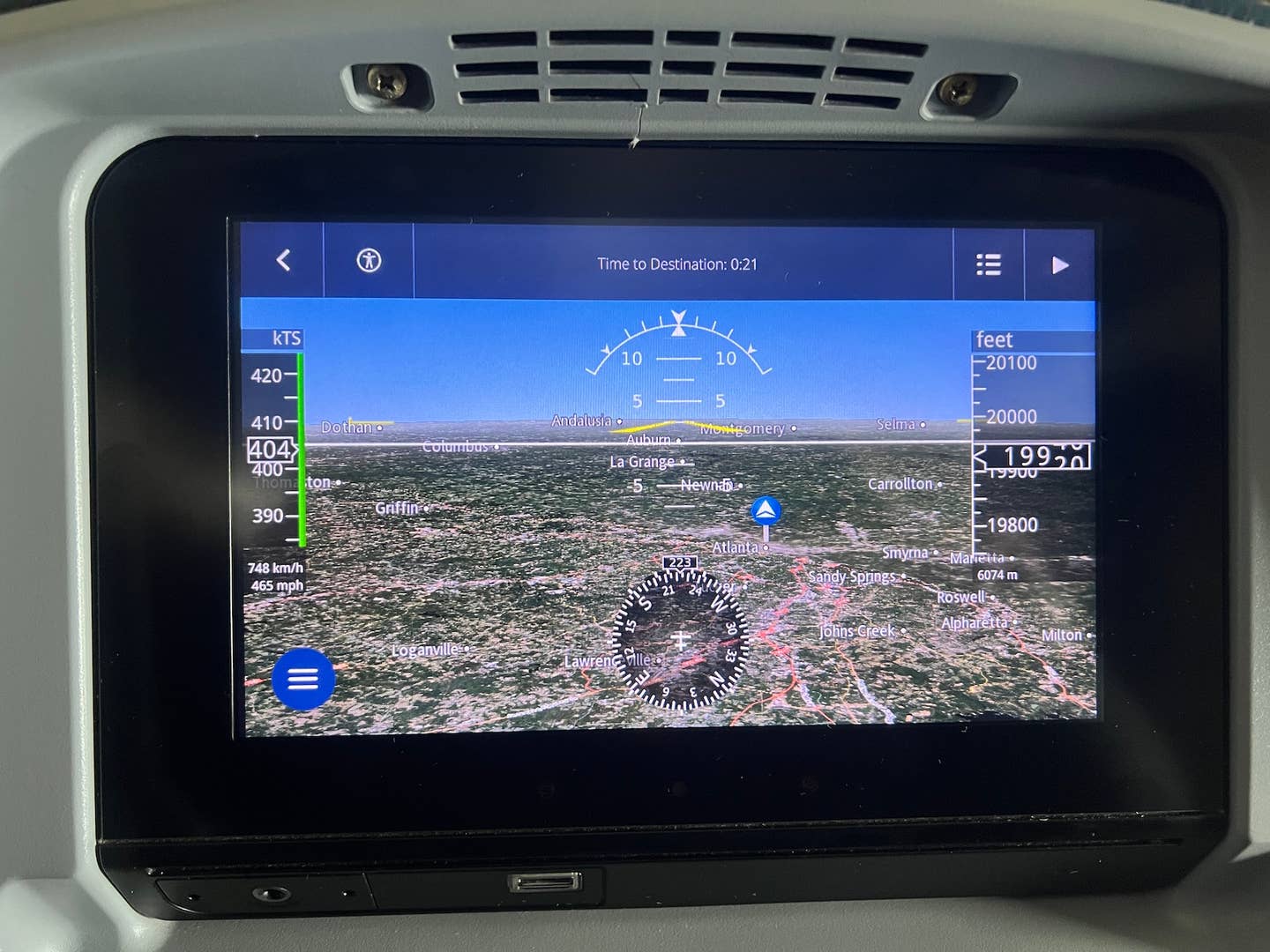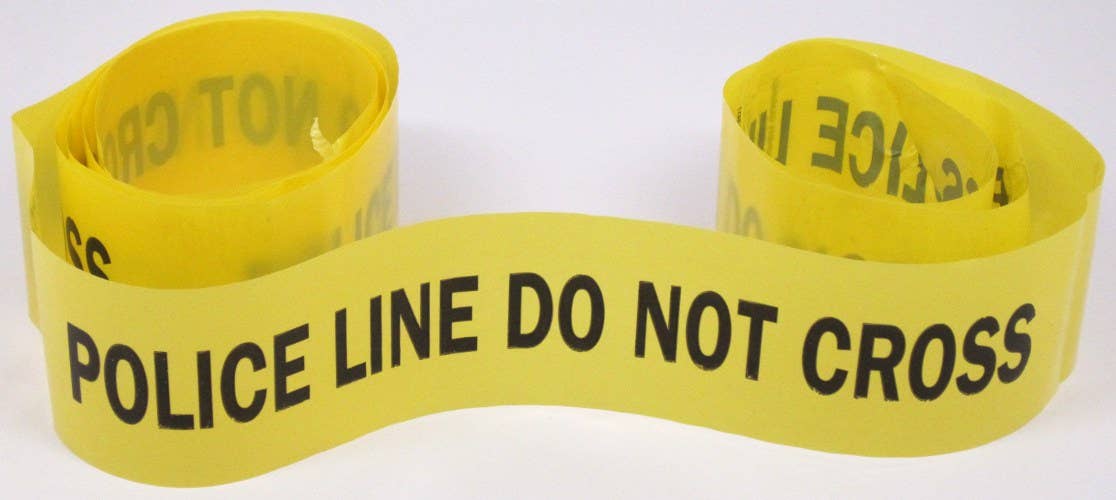What Would You Do If You Had No Fear?
In the wake of an accident, it’s natural to think, “that coulda been me.”

Don’t take counsel of your fears, goes the phrase, variously described as of religious or military origin. Its meaning is don’t be captive of that which frightens you and it is, if nothing else, a double-bladed axe. Fear can be both a healthy thing or a numbing source of paralysis or maybe something between. This came to mind as I was reading some of the unusual number of emails, texts and private messages sent to me after last week’s blog on Richard McSpadden’s fatal accident on Sunday, Oct. 1. This is further evidence that Richard touched many people and cast a long shadow.
Unsurprisingly, there was a sentiment in some of these comments to the effect that if someone as expert as Spad died in a crash, what chance do I possibly have? I didn’t mention this in the blog because I wanted to focus on my memories of him not so much as a pilot but as a person and, frankly, because I don’t think that. I suspected it would come up in the comments, but that’s the extent I gave it any thought. Some of those messages implored me not to give up in the wake of this tragedy.
But Richard is not the first friend I’ve lost in this flying game. None of those losses caused me to switch off the lights and curl into a fetal position. I’ve applied the same calculus to skydiving, a sport which has taken a few friends, too. Throughout my flying career, I have always believed that no matter what happened, what extremis I got an airplane into or what mechanical mayhem befell it, I would survive it by force of will, even if I shredded some aluminum in the process.
If you’ve made it very far in your flying career and thought about it much, you will recognize that as the very self-delusion that allows us to tamp down whatever fears we might have and carry on with the flight at hand. It’s where self-confidence comes from, the first cousin of self-delusion, maybe. It’s a complicated thing to sort out fear from the rational analysis that causes you to rightly say yes to one flying risk, but rightly no to another. All of us do this routinely and maybe talk ourselves into believing we’ve left nothing to chance.
But that’s never entirely true. I think the best any of us can do is leave as little to chance as possible and then just get on with it. Fortune usually smiles or, maybe, more accurately, disaster intervenes only as often as one of those tiny negative exponentials the cold data has always told us it would. When the bell tolls for a friend, it may seem to loom larger, but it isn’t. His or her accident has no effect on your odds.
And so I’ve always thought it a mistake to vicariously assume that if someone we consider highly skilled and vastly experienced crashes or dies in an accident, the same would happen to us. But we all get our own shot at making a judgment—or our own opportunity not to make a mistake. Many a pilot with hands of stone has crawled out wreckage for having done maybe one thing right. I once watched a 172 cartwheel down a runway shedding parts sure that EMS would recover bodies. An hour later, the pilot was in the lounge having a Coke.
A few months ago, I saw a bit of graveyard humor in a bumper sticker attached to a 1960s panel van. “No airbags. No seatbelts. We die like men.” What one friend wrote to me echoes that, without the grim humor. It relates to the age of the GA fleet which, despite pumping a few thousand new airframes into the flock every year, remains geriatric. He’s been an examiner and has seen various airplanes downed because of sheer wear, poor maintenance or crappy design to begin with. “What the hell am I doing voluntarily putting myself into small airplanes, with applicants trying to kill me, just to get out of the house and make a few bucks?” he wrote. That’s what kind of effect an accident like Richard’s can have. It gives pause. I had to concede the point, but admit to being more encouraged if the airplane was a Cirrus or a Diamond, where I’d at least have improved crashworthiness going for me. (Thus the consistently of self-delusion.)
In 1955, before his second phase of being a household name, Chuck Yeager’s little known ghosted first book, Across the High Frontier, explored the nature of a test pilot’s fear in surprising depth. At the time, Yeager admitted to real fear, especially in those quiet hours before he knew he would be flying an edgy test card. I think most of us would recognize this as those startling screamers that escape the subconscious in the drowsy twilight between sleep and wakefulness. He told author William Lundgren, “That’s the way fear is in the air. It’s always there but it never bothers you until it bothers you. Then it makes every minute worse.”
But he didn’t say anything about surrendering to it.






